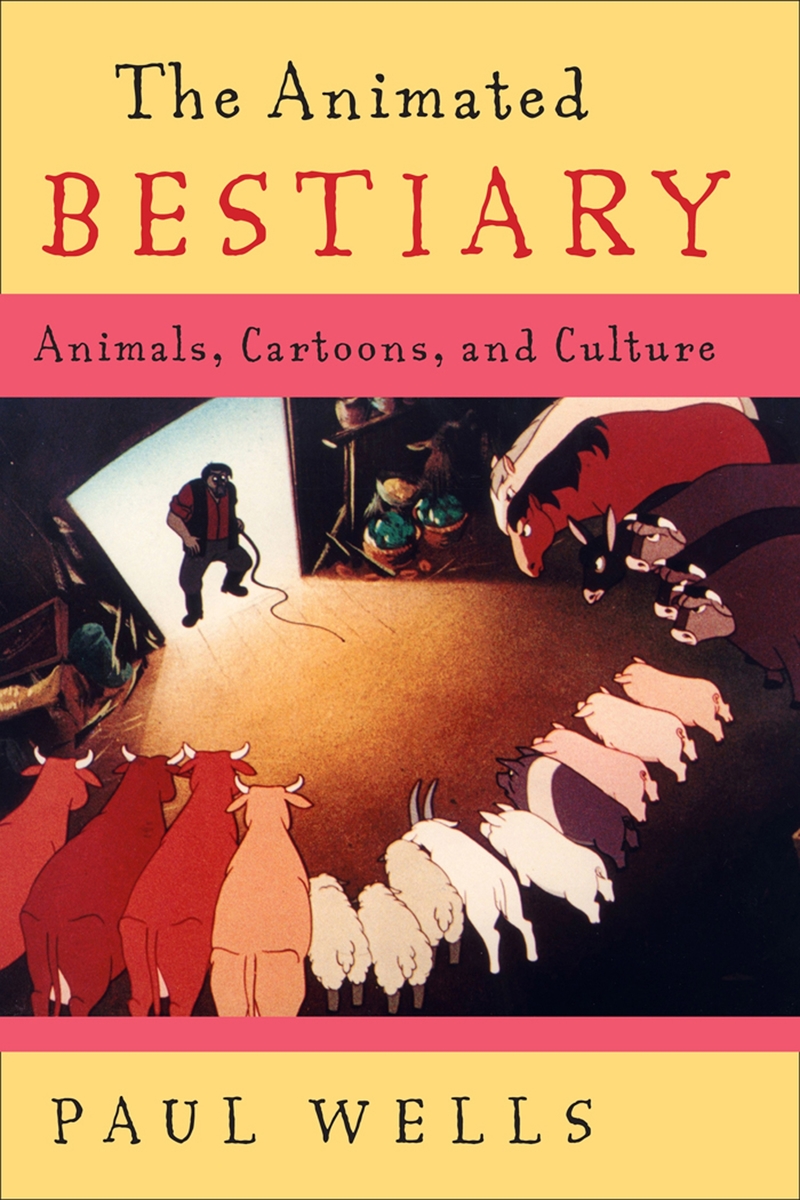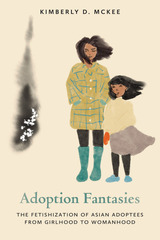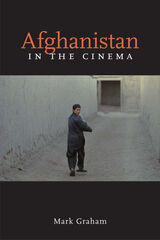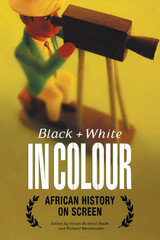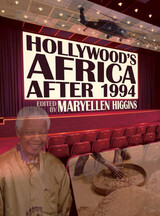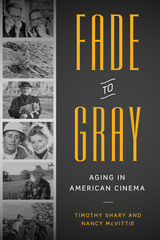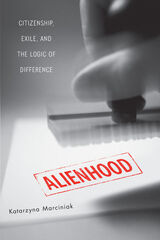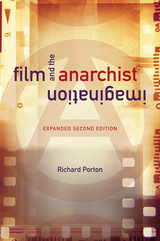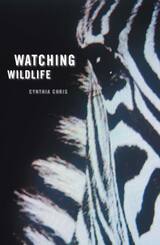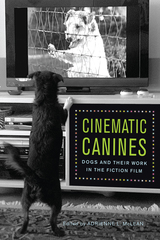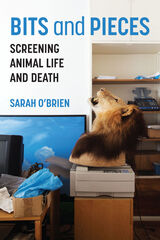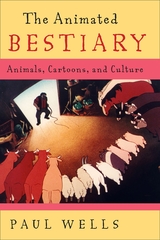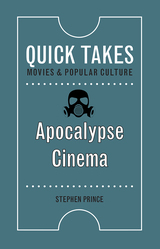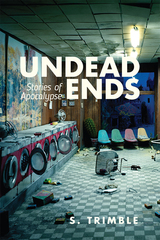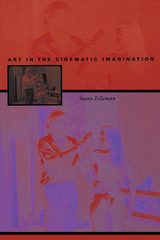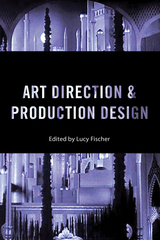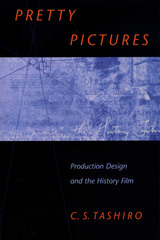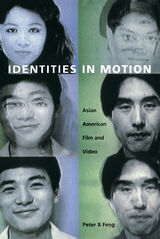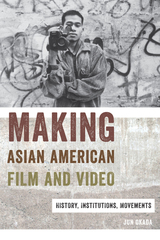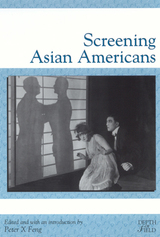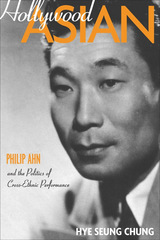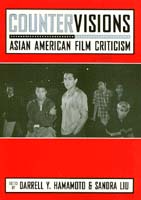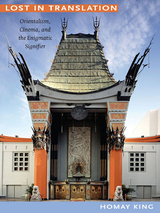Paper: 978-0-8135-4415-1 | Cloth: 978-0-8135-4414-4 | eISBN: 978-0-8135-4643-8
Library of Congress Classification PN1995.9.A5W45 2009
Dewey Decimal Classification 791.43662
The Animated Bestiary critically evaluates the depiction of animals in cartoons and animation more generally. Paul Wells argues that artists use animals to engage with issues that would be more difficult to address directly because of political, religious, or social taboos. Consequently, and principally through anthropomorphism, animation uses animals to play out a performance of gender, sex and sexuality, racial and national traits, and shifting identity, often challenging how we think about ourselves.
Wells draws on a wide range of examples, from the original King Kongto Nick Park's Chicken Run to Disney cartoonsùsuch as Tarzan, The Jungle Book, and Brother Bearùto reflect on people by looking at the ways in which they respond to animals in cartoons and films.
See other books on: Animals in motion pictures | Animated | Animated films | Animation | Genres
See other titles from Rutgers University Press
